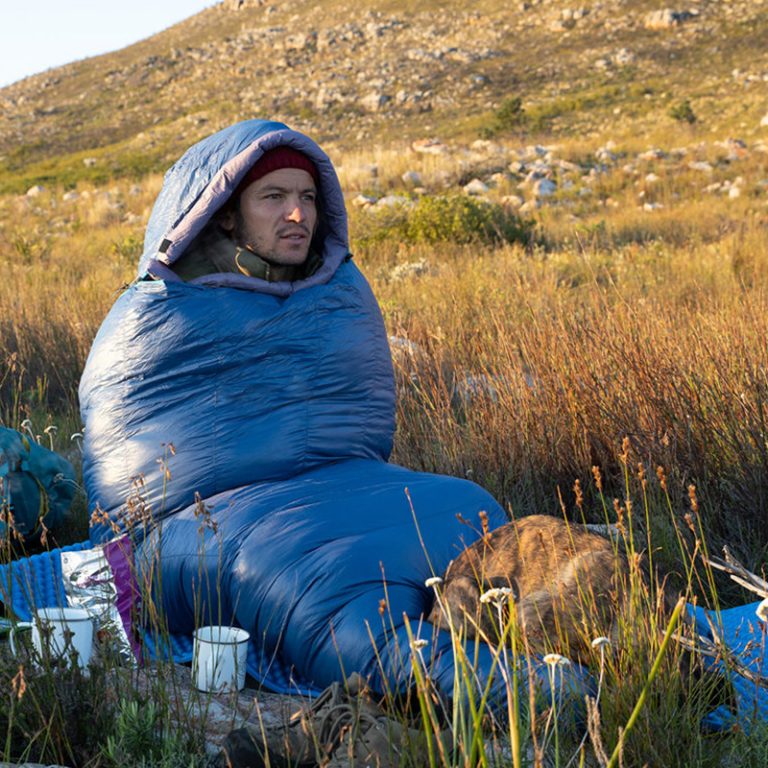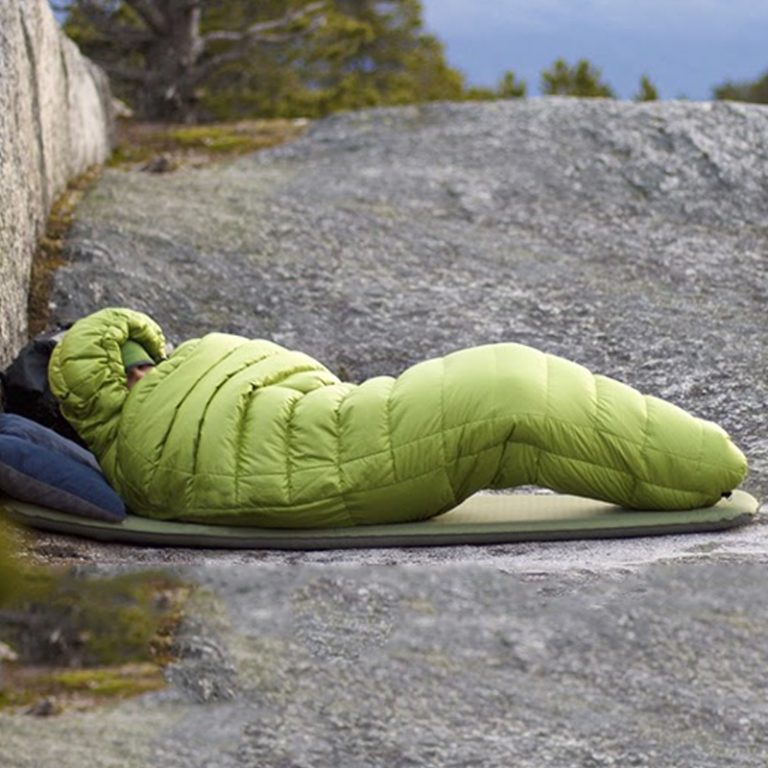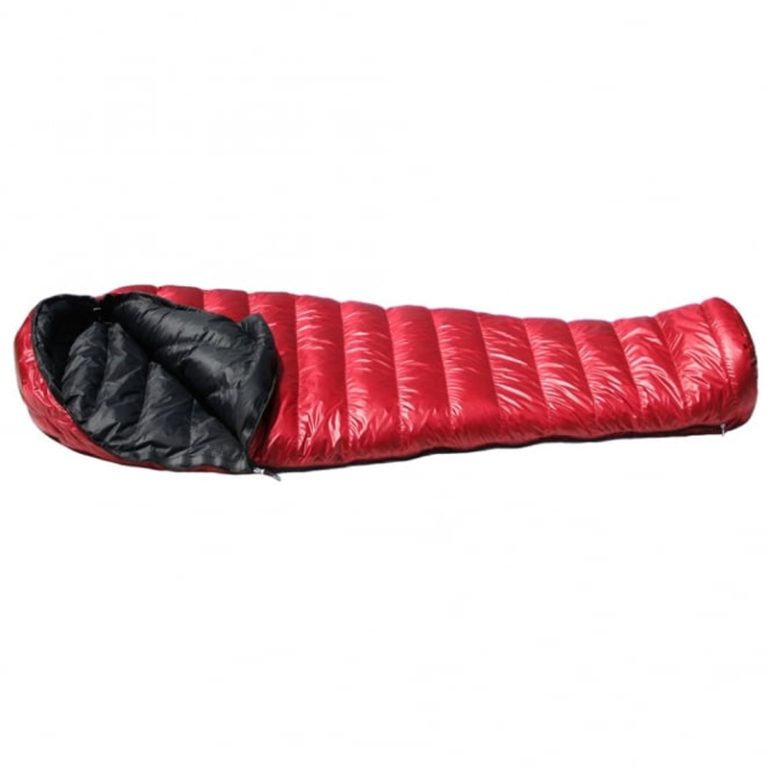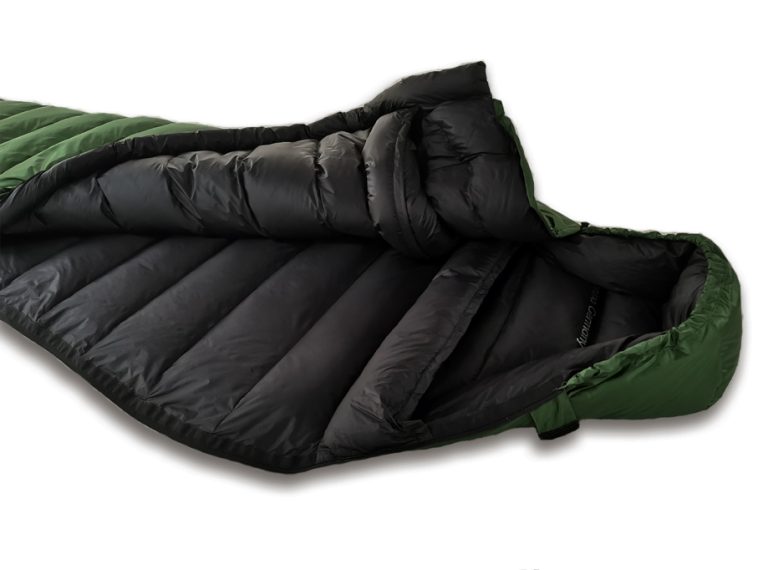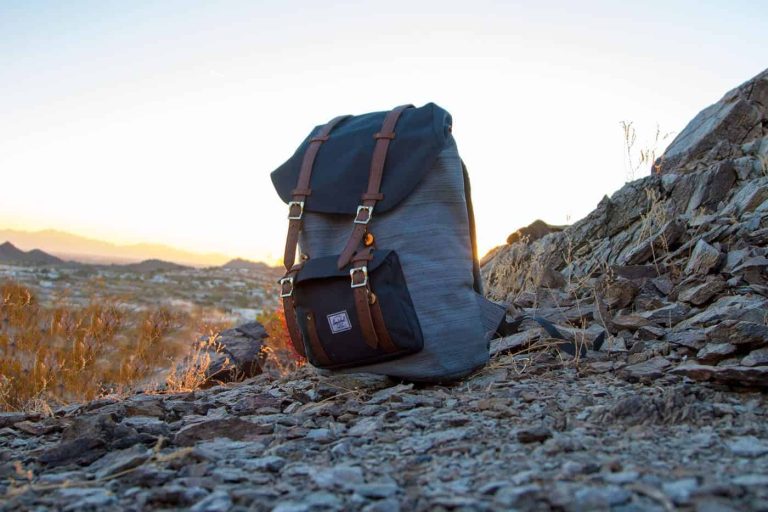The Benefits of Hammock Sleeping Bags: How They Can Enhance Your Outdoor Experience
Hammock sleeping bags are an innovative and versatile outdoor accessory that can enhance your camping experience. These sleeping bags are designed to fit snugly around a hammock, providing a comfortable and secure sleeping environment. They are lightweight and easy to transport, making them ideal for camping trips and other outdoor activities.
Hammock sleeping bags provide a number of benefits that can make your outdoor experience more enjoyable. First, they provide superior insulation from the elements. The sleeping bag is designed to fit snugly around the hammock, creating a barrier between you and the cold ground. This insulation helps to keep you warm and comfortable, even in cold weather. Additionally, the sleeping bag helps to protect you from insects and other pests.
Hammock sleeping bags are also incredibly lightweight and easy to transport. This makes them ideal for camping trips and other outdoor activities. They are also easy to set up and take down, allowing you to quickly move from one location to another. This makes them perfect for those who are looking for a convenient and comfortable sleeping solution.
Finally, hammock sleeping bags are incredibly durable and can withstand a variety of conditions. They are designed to be waterproof and resistant to tears and abrasions. This makes them ideal for camping trips and other outdoor activities.
Hammock sleeping bags are an excellent way to enhance your outdoor experience. They provide superior insulation, are lightweight and easy to transport, and are incredibly durable. With these benefits, hammock sleeping bags are an ideal choice for those looking for a comfortable and secure sleeping solution.
How to Choose the Right Hammock Sleeping Bag for Your Needs

When it comes to choosing the right hammock sleeping bag for your needs, there are a few key factors to consider. First, you should consider the temperature rating of the bag. This will determine how warm or cool you will be while sleeping in the bag. It is important to choose a bag that is rated for the temperatures you will be sleeping in.
Next, you should consider the size of the bag. Hammock sleeping bags come in a variety of sizes, so it is important to choose one that is the right size for you. If you are taller or larger than average, you may need to look for a larger size.
Finally, you should consider the material of the bag. Hammock sleeping bags are typically made from synthetic materials such as nylon or polyester. These materials are lightweight and durable, making them ideal for camping and backpacking. However, if you are looking for a more luxurious sleeping experience, you may want to consider a down-filled bag. Down is a natural material that is lightweight and provides excellent insulation.
By considering these factors, you can ensure that you choose the right hammock sleeping bag for your needs. With the right bag, you can enjoy a comfortable and restful night’s sleep in the great outdoors.
Tips for Setting Up and Using a Hammock Sleeping Bag for Maximum Comfort and Safety
1. Choose the Right Hammock: Select a hammock that is designed for sleeping and is large enough to accommodate your body size. Look for a hammock that is made from a durable material such as nylon or polyester and is designed to hold up to 400 pounds.
2. Set Up the Hammock: Make sure to set up the hammock in a safe and secure location. Choose a spot that is free from any sharp objects or debris that could cause injury. Secure the hammock to two trees or posts that are at least 12 feet apart.
3. Use a Sleeping Pad: Place a sleeping pad or foam pad inside the hammock to provide extra cushioning and insulation. This will help keep you warm and comfortable while you sleep.
4. Use a Sleeping Bag: Place a sleeping bag inside the hammock to provide additional warmth and comfort. Make sure the sleeping bag is designed for hammock use and is the right size for your body.
5. Secure the Hammock: Make sure to secure the hammock to the trees or posts with rope or straps. This will help prevent the hammock from shifting or swaying while you sleep.
6. Use a Rainfly: If you are camping in an area that is prone to rain, use a rainfly to protect you from the elements. Make sure the rainfly is large enough to cover the entire hammock and is securely attached.
7. Stay Safe: Make sure to follow all safety guidelines when using a hammock sleeping bag. Never leave the hammock unattended and always check the ropes and straps for wear and tear before each use.

